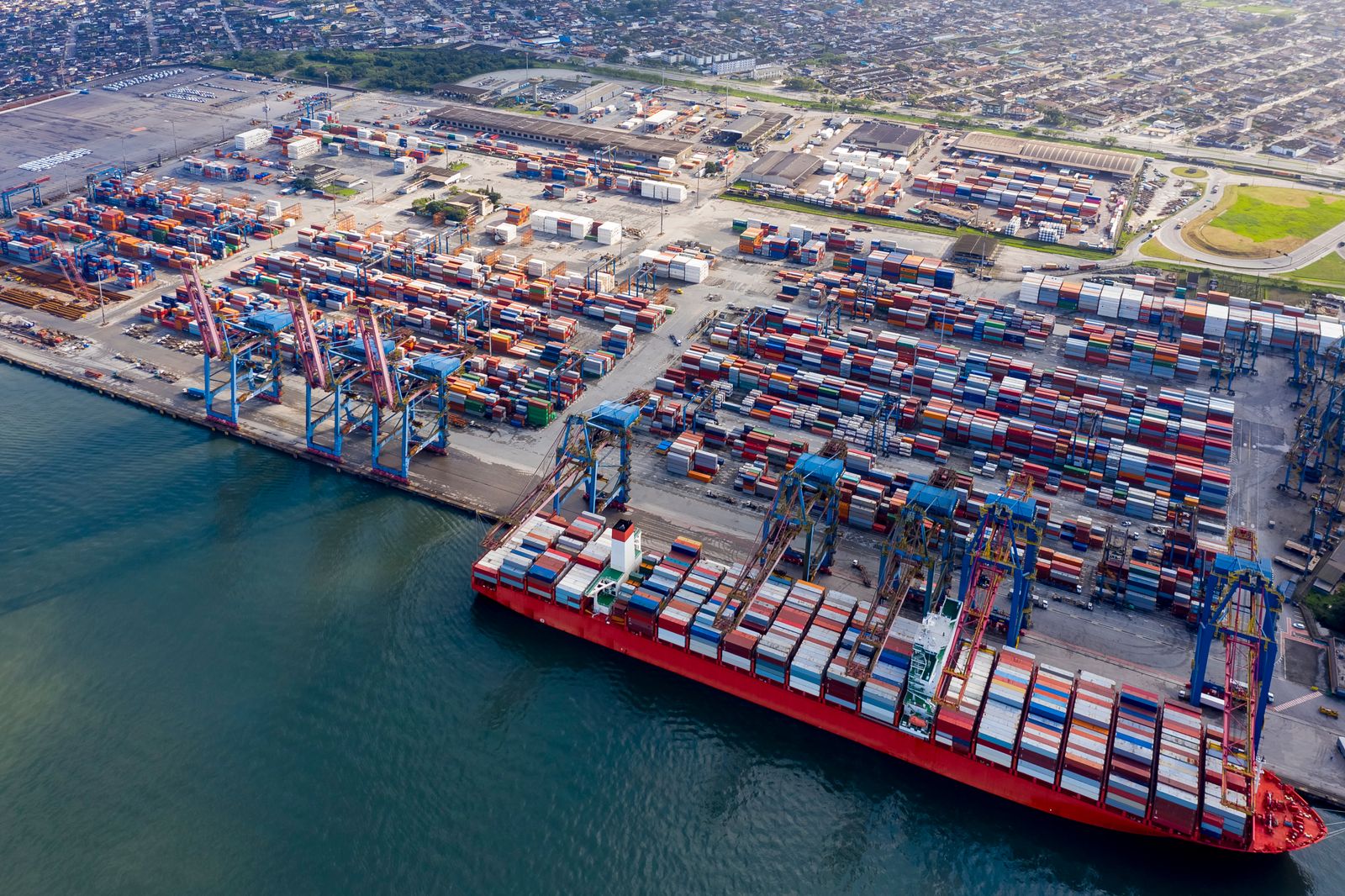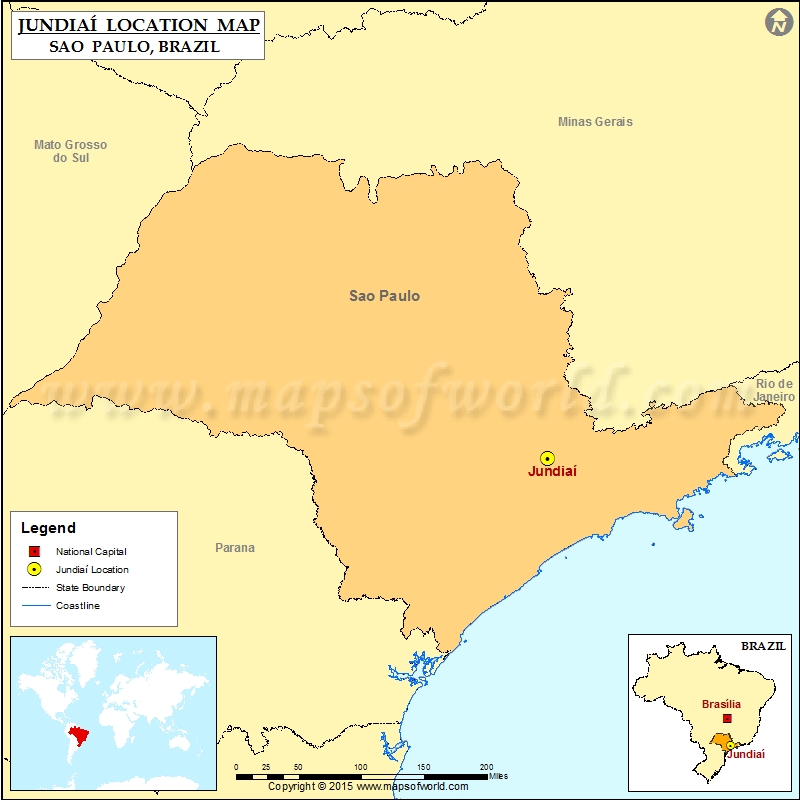
Apple’s Strategic Realignment in Brazil Accelerates Amid Trump’s Trade Blitz - A Deep Dive Into the New Global Production Logic
Apple’s Strategic Realignment in Brazil Accelerates Amid Trump’s Trade Blitz: A Deep Dive Into the New Global Production Logic
With China now facing a punishing 54% tariff wall and Brazil spared with a mere 10% baseline, Apple’s long-planned diversification has snapped into focus. The Jundiaí facility isn’t just expanding — it’s being repositioned at the center of a newly forming geopolitical supply chain map.

April 2, 2025: A New Trade War, But With New Geometry
In a move that reverberated instantly through currency markets, shipping lanes, and multinational boardrooms, President Donald Trump on April 2 unveiled a sweeping set of tariffs under a reinvigorated “America First” agenda.
- China: Hit with a 34% reciprocal tariff, layered on top of an existing 20%, creating a 54% barrier to U.S. entry for Chinese goods.
- Brazil: Included in the global baseline, but with just a 10% flat tariff, placing it in the bottom decile of impacted nations.
- U.S.–China tech cold war deepens: China retaliated with 34% tariffs and export controls on critical rare earths.
Markets initially focused on China’s direct exposure. But sharp institutional eyes quickly saw the second-order opportunity: Brazil has become one of the least penalized export economies in this newly restricted global trade matrix.
For Apple, the implications are profound — and catalytic.
From Hedge to Keystone: Brazil’s Ascent in Apple’s Supply Chain Doctrine
Brazil Was Never the Backup — It Was the Contingency Plan
For the last five years, Apple has been gradually detaching its supply chain from China — not with full decoupling, but with calculated redundancies. India and Vietnam were the obvious early winners. Brazil, by contrast, was a niche player: its Jundiaí facility (run by Foxconn) mostly produced low- and mid-tier models for local consumption.
Now, Trump’s tariff regime has transformed that “secondary” operation into a primary geopolitical outpost. Here’s why:
- Tariff arbitrage: A Brazilian-assembled iPhone avoids China’s 54% U.S. export penalty and Brazil’s own 60–100% import duties.
- Dual-shield advantage: Brazil provides both a demand-side win (affordable local iPhones) and a supply-side shield (safe export path to the U.S. and LATAM).
- Nearshoring play: With growing political appetite in Washington for “hemisphere-based” manufacturing, Brazil fits a new vision of Western-aligned industrial geography.
Did you know that tariff arbitrage is a strategic practice where businesses exploit differences in tariffs or rates across regions or time periods to save costs or maximize profits? This clever tactic is used in both trade and energy sectors. In trade, companies source products from countries with lower import duties to reduce expenses. In the energy sector, tariff arbitrage involves buying electricity during off-peak hours when prices are low and storing it for later use or selling it when prices are higher. By leveraging these price discrepancies, businesses can optimize their supply chains, manage energy consumption more efficiently, and gain a competitive edge in their respective markets.
“You don’t need to be anti-China to be bullish on Brazil,” a senior global supply strategist noted. “You just need to be cost-sensitive, tariff-aware, and geopolitically literate.”
Operational Scaling: Can Jundiaí Handle the Load?
What the Factory Does Now
- Assembles: iPhone 13, 14, 15, now iPhone 16 (6.1-inch base models).
- Target market: Brazilian domestic market (high demand for base models).
- Infrastructure: Mid-tier capacity, basic automation, reliant on high-imported component mix.
What Apple Needs It to Become
- A multi-market fulfillment node for base and mid-range SKUs;
- A component finalization hub to integrate imported subassemblies from India, Vietnam, or possibly U.S.-origin fabs;
- A redundant fulfillment point in case of future disruptions to East Asia or cross-Pacific logistics.
But scaling Brazil isn’t plug-and-play.
Barriers to Scale
| Factor | Challenge |
|---|---|
| Logistics infrastructure | Port and rail inefficiencies; congestion at Santos is chronic |
| Labor productivity | Lower than Vietnam/India; higher training overhead |
| Tax complexity | Brazil’s cascading tax structure adds friction to intercompany transfers |
| Component dependency | Still reliant on imported modules — vulnerable to upstream tariff ripple |

Brazil’s advantage is not cost. It is exposure management.
“They’re not moving to Brazil because it’s cheaper,” a LATAM trade advisor emphasized. “They’re moving because it’s less exposed. That’s the new cost basis.”
Table summarizing the key aspects, impacts, and reforms addressing Brazil's "Custo Brasil".
| Category | Details |
|---|---|
| Key Factors | - Excessive bureaucracy (complex regulations, lengthy processes) |
| - High tax burden (fragmented system, elevated import taxes) | |
| - High interest rates (Selic rate historically averaging 13–14%) | |
| - Infrastructure challenges (poor logistics, underdeveloped transport networks) | |
| - Corruption (misallocation of funds in public projects) | |
| - Labour costs and education (high wages, low skill levels) | |
| - Legal uncertainty (complex fiscal legislation, unpredictable frameworks) | |
| Impacts on Businesses | - Increased operational costs |
| - Reduced global competitiveness | |
| - Challenges in industries like payment processing | |
| Reforms | - 2021 "Doing Business" law (simplified business registration and foreign trade processes) |
| - 2023 transfer pricing regulations (reduced double taxation for multinationals) | |
| - Proposed tax simplification legislation (alignment with international standards by 2032) |
Financial and Competitive Impact: How This Hits the Markets
Investor Interpretation: Shift from Global Scale to Geopolitical Optionality
In the post-April 2 context, Apple’s geography is not just supply chain architecture — it’s a financial risk profile.
| Dimension | Old Paradigm | New Paradigm |
|---|---|---|
| Margin Management | Optimize for labor and materials | Optimize for tariff avoidance and agility |
| Geographic Diversity | Hedge against weather and labor unrest | Hedge against trade war volatility |
| CapEx Logic | China = centralization | Brazil/India = distributed strategic nodes |
Geopolitical optionality in supply chains involves building flexibility and choices to navigate international risks and disruptions. This often requires balancing resilience against pure efficiency, frequently achieved through strategic diversification of suppliers and manufacturing locations.
This shift depresses operational efficiency but reduces shock exposure, which matters more in this policy environment.
Valuation Angle
- Short-term: Gross margins may compress with Brazilian scaling (labor + logistics drag).
- Mid-term: Shareholders may reward insulation from trade volatility via a lower supply chain risk premium.
- Long-term: Apple’s brand strength and cash position allow absorption of inefficiencies other players can’t afford — giving it a moat in the age of sanctions.
Table showing potential impact on Apple's gross margin vs. supply chain risk premium under new tariffs
| Factor | Impact on Gross Margin | Impact on Supply Chain Risk Premium / Resilience | Effect on Stock Valuation |
|---|---|---|---|
| Increased Supply Chain Diversification (e.g., multi-sourcing, nearshoring) | Initial reduction due to higher operational costs and complexity; potential improvement through tariff savings and regional optimization. | Decreases risk premium by reducing dependency on single suppliers/regions; enhances resilience against disruptions. | Long-term positive impact due to reduced risk perception and improved stability, offsetting initial cost increases. |
| High Supply Chain Concentration (e.g., reliance on China) | Higher margins initially due to economies of scale and optimized supplier relationships; vulnerable to tariff hikes and disruptions. | Increased risk premium due to geopolitical tensions, natural disasters, or economic instability; lower resilience. | Negative impact during disruptions or heightened geopolitical risks, increasing investor-required returns. |
| Supply Chain Disruptions / Increased Tariffs (e.g., semiconductor tariffs) | Negative impact from higher logistics costs, expedited shipping needs, material shortages, or absorbed tariff costs. | Higher risk premium as vulnerabilities are exposed; highlights need for diversification. | Negative impact as profitability decreases and risks rise; investors may demand higher returns, lowering valuation. |
| Investment in Supply Chain Finance / Strong Supplier Relationships | Improved margins through early payment discounts or better supplier pricing due to financial stability. | Enhances resilience by strengthening supplier viability and collaboration, reducing disruption risks. | Positive effect due to operational efficiency and stronger partnerships, signaling long-term stability. |
Ripple Effects Across Global Tech
Apple’s reallocation isn’t isolated. This Brazil pivot will force decisions across the global electronics food chain:
- Foxconn, Pegatron, Wistron: Must reconfigure regional footprints, negotiate new labor accords, and localize vendor ecosystems.
- Competitors (Samsung, Xiaomi): Will face higher barriers in China-centric production models. Expect India and Brazil plant expansions within 12 months.
- LATAM governments: May offer new incentives to attract upstream suppliers and chipmakers. Mexico, Colombia, and Argentina will compete to host next-stage component operations.
- Washington’s stance: Brazil may be recharacterized as a “preferred low-risk partner” under future trade frameworks or regional trade zones (USMCA 2.0?).
“If Apple succeeds here, expect the acronym BRIC to make a return — but with different meaning,” joked one investment strategist. “Brazil Reshapes Industrial China-exit.”
Scenarios: Where This Could Go
Scenario 1: Brazil Scales Up and Anchors the LATAM Tech Bloc
- Foxconn expands Jundiaí output to include iPhone SE or iPad assembly.
- Brazil offers targeted tax and logistics incentives (e.g. free zones, export corridors).
- Apple begins LATAM export from Brazil, possibly to Mexico/U.S. under bilateral carveouts.
Scenario 2: Geopolitics Sours Further
- Trump or successor imposes targeted tariffs on Brazil (e.g., for perceived “production leakage”).
- Brazil retaliates, complicating parts flow.
- Apple pivots toward India as the emergency redundancy node.
Scenario 3: Supply Chain Fragmentation Normalizes
- Investors reward companies with distributed production optionality, not scale.
- Apple’s Brazil strategy becomes a model for diversified tech manufacturing in a deglobalized world.
Brazil Is Not a Reaction — It’s Apple’s Recalibration Blueprint
Apple’s potential expansion in Brazil is not a side project. It is a strategic operating model for a world where efficiency no longer trumps resilience.
In the wake of the April 2 tariffs, Brazil now represents more than a workaround. It’s a test case for how multinational tech giants can survive — and even thrive — in a world where geopolitics defines the P&L as much as supply chains do.
Jundiaí, a city once invisible to Wall Street, may soon become one of the most important GPS coordinates in Apple’s global empire.
